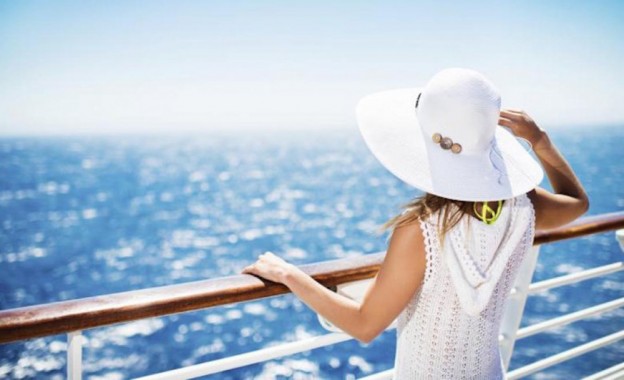Cruise ship chef jobs are unlike land-based jobs in a few respects. One of these that has nothing at all to do with your culinary skills is dealing with seasickness.
While most cruise liners sail in calm, placid waters during excellent weather, a slight swaying of the ship might be inevitable. Seasickness is a type of motion sickness that comes with being on a vessel in the water for some time.
Presumably, it is caused by being on an object in motion, such as a ship, that moves in opposition to our body’s natural inclination for balance. If you feel nausea, dizziness, stomach cramps and vomit while on the cruise liner, you could be suffering from a bout of seasickness.
The severity of seasickness varies from person to person. Often, if you stand on the bridge of the ship and watch the waves, your body anticipates the direction of movement and adjusts its balance accordingly, just as it would when you drive on a twisting road. However, down in the belly of the cruise liner – which is where most staff work and live – you might not be able to see the waves.
Some professional mariners believe that three-quarters of people get acclimatised to the motion of the sea and are naturally cured. But for first timers, a number of solutions have been suggested. If you are close to a port hole or can look out to see from the window of your restaurant, watch a stable object such as the horizon. Avoid reading or using a computer, but if you must, take frequent breaks to look at something stable.
Another easy way is to ensure that you move away from strong smells and take deep breaths of fresh air. Keeping your cabin clean will ensure that you avoid this sea-sickness trigger. Eat healthy, but light food. Cruise ships offer delicious food to crew too, but greasy, high-fat food as well as heavy, sugary treats are unlikely to stay down when you feel nauseous. It’s a good idea to take small sips of water frequently to stay well hydrated.
Although there is no real scientific evidence it, ginger has often been used to alleviate nausea. Perhaps a cup of ginger tea might help. But avoid the milk – as well as other dairy products – as these are known to be harder to digest. Staying away from alcohol when the sea has swells will do you good, as it is known to dehydrate.
If the weather forecast shows swells and you know you are prone to seasickness, ensure you are well rested and hydrated in advance, and eat appropriately. The best foods are light and bland, such as crackers, toast, or a light fruit such as apples. It is also believed that sucking on a slice of lemon can help relieve nausea, as do a few olives.
If you feel comfortable taking medication, cruise ships have an on-board doctor who can help. Stores for crew will also stock over-the-counter anti-seasickness medication. It is advisable to take this before you are actually sick as vomiting will make it hard to keep the pill down.
Seasickness, like motion sickness, normally comes on with a headache and a feeling of general uneasiness. Giving the pill a half hour to work will ensure further symptoms subside. If you are due to go on duty, ask for medication that does not cause drowsiness.


